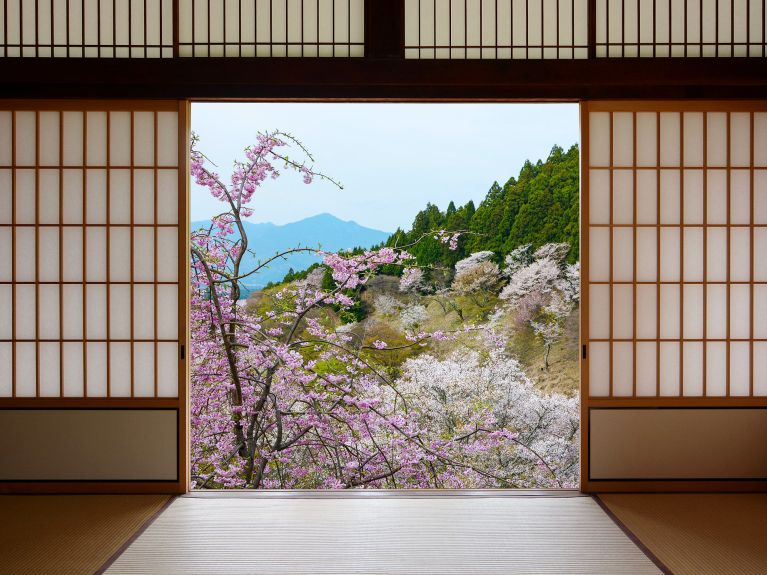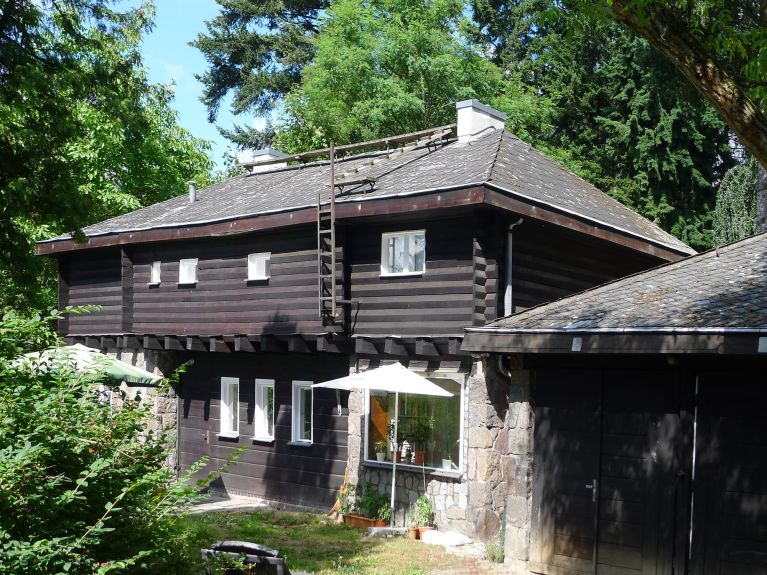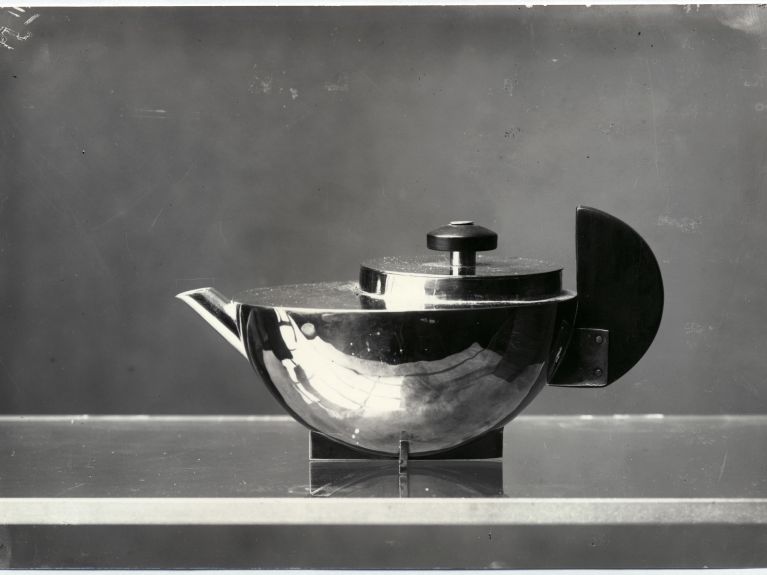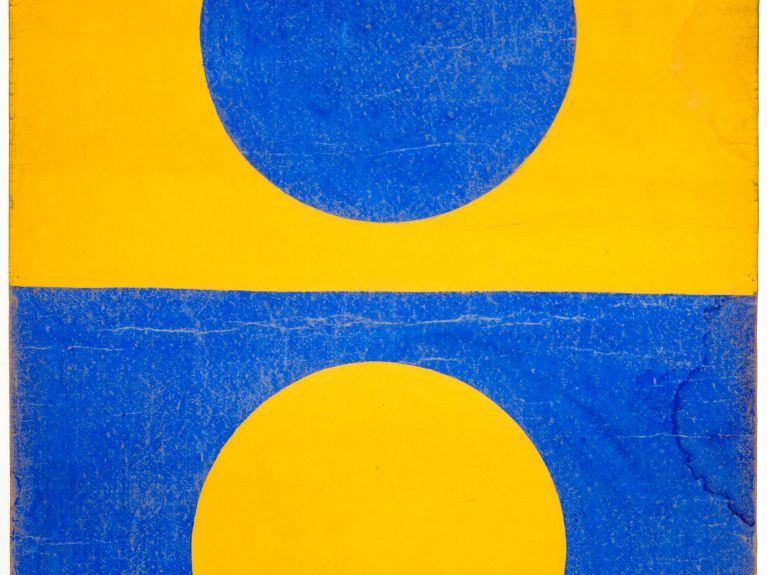The purity of design
How Japan influenced the Bauhaus – and the effects the art school had on Japan

The fascination for Japan and its culture lent wings to the imagination of European and American artists and designers as early as the late 19th century. This movement was called Japonism. The intrinsic link between precise craft, simplicity of materials and powerful artistic experiment left lasting marks on painting and poster design, furniture design, typography and architecture.
Japanese influence without first-hand experience
However, only a few artists had first-hand experience of the Land of the Rising Sun. Upon arriving in Japan in 1933, the German architect Bruno Taut explained that the simple and entirely unencumbered Japanese living room with its large windows, wall cabinets and the purity of its design had provided the greatest stimulus for New Building. Yet he had never before visited Japan. Thus it appears that it may have been primarily projection and the reflection of Japanese culture and philosophy that fundamentally influenced the aesthetic of the avant-garde well into the 1920s, also at the Bauhaus.
Dieses YouTube-Video kann in einem neuen Tab abgespielt werden
YouTube öffnenThird party content
We use YouTube to embed content that may collect data about your activity. Please review the details and accept the service to see this content.
Open consent formThe painter Johannes Itten was a teacher at the Bauhaus in Weimar up until 1923 and oversaw the preparatory course. His foundational tuition not only looked at the aesthetics of Japanese ink painting, but as a devotee of the Mazdaznan doctrine, Itten also primarily confronted the young Bauhaus students with Asian philosophies and religions as elements of traditional world cultures. The fact that this left its traces in the products these students went on to create is hardly surprising.

© CC0 1.0 Universal (CC0 1.0) Public Domain Dedication
The art historian Claudia Delank was the first to call attention to the formal proximity of numerous Bauhaus objects to traditional Japanese culture. With its sweeping overhanging roof and emphasised corner planks, Sommerfeld House of 1920-21 is reminiscent of the treasure house Shōsō-in of Todaii-ji in Nara in Japan. Numerous Bauhaus artists worked on the construction of this house and its interior fit-out for the wood manufacturer Sommerfeld, yet less so on its design and planning. This was instead done by the office of Bauhaus founder Walter Gropius, where the architecture of American Frank Lloyd Wright played an important role, with the latter primarily drawing on Japanese models himself.

An example: The famous teapot
Theodor Bogler, who studied at the Bauhaus as a student of Johannes Itten and Lyonel Feininger from 1919 through to 1925, was also inspired by Japanese tradition. As of 1920, Bogler was one of the leading names in ceramic design at the Bauhaus. Bogler referenced Japanese role models in his designs for teapots and the small tea infuser with a handle on the side created in 1923. The fact that the modular principle with its geometric basic shapes taught at the Bauhaus could be merged with the shapes of Japanese arts and crafts to create a fusion of East and West is illustrated by a design by Marianne Brandt, who created an iconic Bauhaus piece with her brass-and-ebony tea infuser: a semi-sphere, a semi-circle, and a cross for the base are the basic shapes.

Japanese artists at the Bauhaus
Yet young Japanese artists also came to the Bauhaus. The first to do so was painter and critic Nakada Sadanosuke, who visited the Bauhaus in Weimar in 1922 and raised awareness of the school in the Japanese avant-garde scene from 1925 onwards. The first Japanese Bauhaus student was Takehiko Mizutani. His name appears on the student lists of summer 1927. He became known for his sculptures created in a workshop led by Josef Albers and for his design for a round glass table.
Japanese Modernism received important impetus from the Bauhaus
Iwao and Michiko Yamawaki remained at the Bauhaus much longer. They studied in Dessau from 1930 through to 1932. Iwao, who had already trained as an architect in Tokyo, enrolled as a student of Mies van der Rohe and Walter Peterhans’ classes. After attending the preparatory course, Michiko was taught by Gunta Stölzl and Anni Albers in the weaving mill. When political pressure mounted on the Bauhaus in 1932, the Yamawakis returned home. Iwao founded his own architecture office; Michiko established a successful textile and fashion studio.
The ideas of the Bauhaus relating to teaching and design inspired many a creative professional in Japan, as can be seen in the foundation of the Research Institute for the Conduct of Life, which became known as the Seikatsu Kōsei Kenkyūsho. Architect Renshichirō Kawakita founded the school, which was later renamed the School for New Architecture and Design in 1933. He employed Bauhaus ideas, in particular those from László Moholy-Nagy’s preparatory course, having translated the latter’s book “Von Material zu Architektur” (The New Vision. From Material to Architecture) into Japanese in 1929. Together with former Bauhaus students Mizutani and the Yamawakis as teachers, Japanese Modernism gained important impetus for a new generation of artists and designers through the design principles of the Bauhaus in the interwar period.

